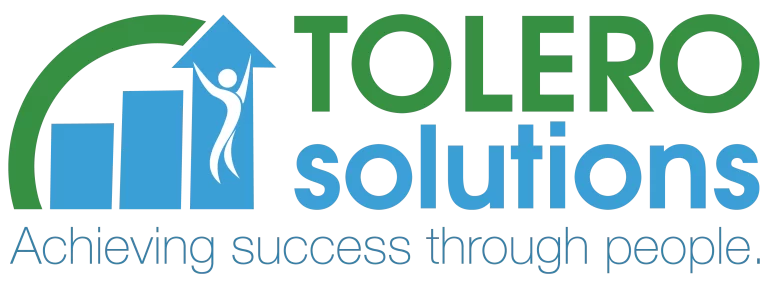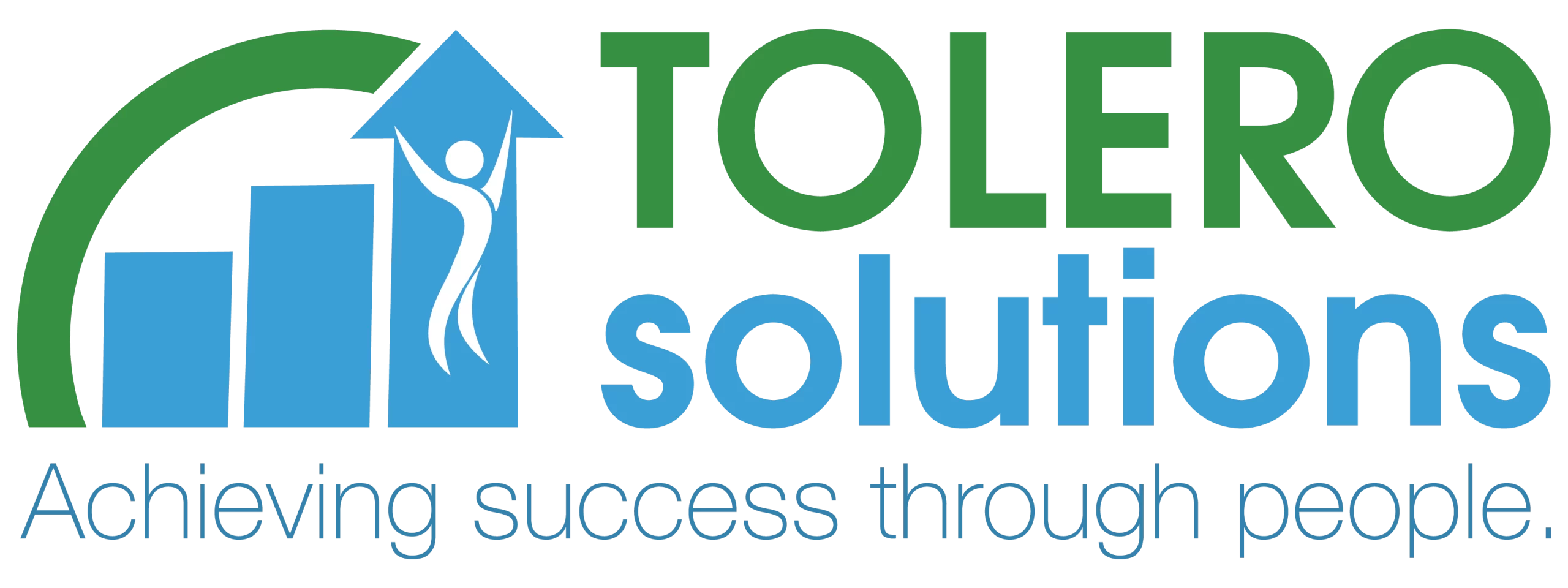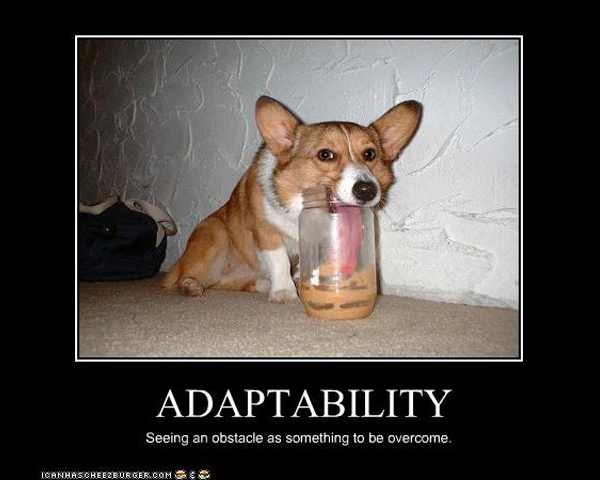Before the holidays, Politico reported that The Great Resignation was hitting the White House. This goes to prove that no one – including the commander in chief and his administration- is immune to fed-up employees.
High level, the report reveals:
- Strains of working remotely have impacted employee performance
- Top Biden aides who “operate in a different sphere from the bulk of the staff…”
- Employees feeling burned out with no camaraderie and a miserable employee experience
- No proactive effort to team build or develop an engaging and supportive culture
- A mass exodus in Vice President Harris’ office due to multiple processes and leadership factors
I am sure there is more we aren’t even hearing about. And as someone who supports clients to create people-focused cultures and provide a great employee experience, the news is frustrating, to say the least!
Let’s just call it what it is…The White House is providing a shitty employee experience. Yep. They have a leadership and culture problem. Sure, working in politics can often redefine toxic culture, but this goes beyond that. And if Biden/Harris wants to win another term, yet alone get support to push ahead with their agenda, they need to make some changes and fast.
Whether you’re the leader of the free world or any organization out there, follow these 3 tips to improve your employee experience and reduce turnover.
Lead by example
Leadership is a driving force behind creating and maintaining a great employee experience. And a great employee experience supports a high-performance culture. Leaders serve as role models through their actions and behaviors. How can you possibly expect to get the support of constituents if you can’t even get the support of your staff! If you want to create a positive employee experience, start by being a positive role model. Be open to feedback and open to change. Communicate. Be transparent. Be authentic. Be visible and approachable. Ask for feedback and act on it. High-performance organizations have committed leaders who can rally people around a deeper sense of purpose. In most cases, these leaders are also expert communicators. This is especially imperative in politics. These leaders have the ability to translate ideas into action. These leaders not only know their organization, they know the type of people in their organization, and how those people’s contributions help to achieve strategic goals. They know how to engage their people, their strengths and weaknesses, how to reward them and when to show them the door. These leaders have a genuine interest in creating the best possible experience for their people. They make time for their people. Yes. Even if you are the President or Vice President of the United States.
Communication
Creating a people-focused culture and providing a great employee experience requires frequent, transparent, and authentic communication amongst leadership, employees, stakeholders, and constituents. It requires data collection and action. Listening. Taking employee feedback, acting on that feedback when appropriate, and communicating back the changes and results to those who provided the feedback. Creating a high-performance culture requires timely and transparent communication, at all levels and in all directions. It requires keeping people engaged with and committed to the agenda, strategy, mission, and vision. It requires communicating to them what they need to know, when, and why. Be concise. Be clear. Be consistent. If you don’t want to perpetuate a toxic culture and provide a shitty employee experience then don’t withhold information. Don’t leave out details when needed. Don’t hide in the corner office – or the Oval Office. Communicate. Communicate. Communicate.
Culture of trust
An organization with a culture of distrust is an organization destined to be doomed. The organization may continue to exist, however, nowhere near the levels of employee engagement and performance required to curb high turnover and provide an excellent customer (or constituent) experience. A culture of distrust occurs for many reasons, such as when employees lack trust in leadership, when communication is not transparent and frequent, when employees see others getting rewarded for who they know and not the work they do, and when employees are asked to contribute to unethical practices. To maintain a great employee experience make sure your organization has a culture of trust, not distrust.
If you think high performance just happens on its own – you’re mistaken. Focusing on these 3 areas will help you prevent or repair a toxic workplace culture and provide a better employee experience. And if you want to be successful in the era of The Great Resignation, providing a great employee experience is not optional. Even if you are the leader of the free world.
*The content is not an endorsement. This article is not meant for political debate or political commentary.
About Scott Span, MSOD, CSM: is CEO at Tolero Solutions. As a people strategist, leadership coach, and change and transformation specialist, his work is focused on people. Through his consulting and training work he supports clients to survive and thrive through change and transition and create people-focused cultures and a great employee experience. Through his coaching work, he supports people willing to dig deeper to identify and overcome what’s holding them back, change behaviors, accelerate performance and achieve their goals.
Email | Website | LinkedIn | Twitter | Blog | Facebook| YouTube | Instagram
*All Rights Reserved. Reproduction, publication, and all other use of any and all of this content is prohibited without the authorized consent of Tolero Solutions and the author.






